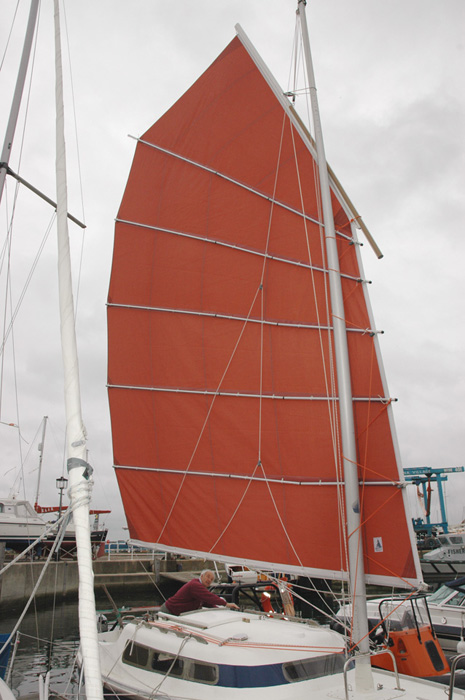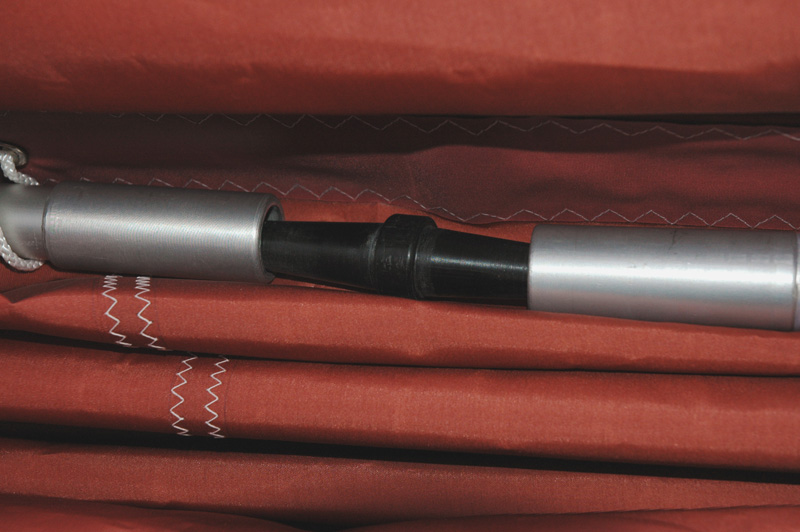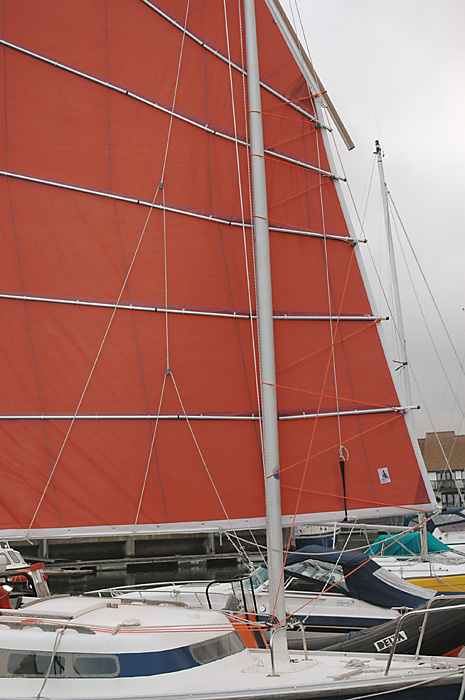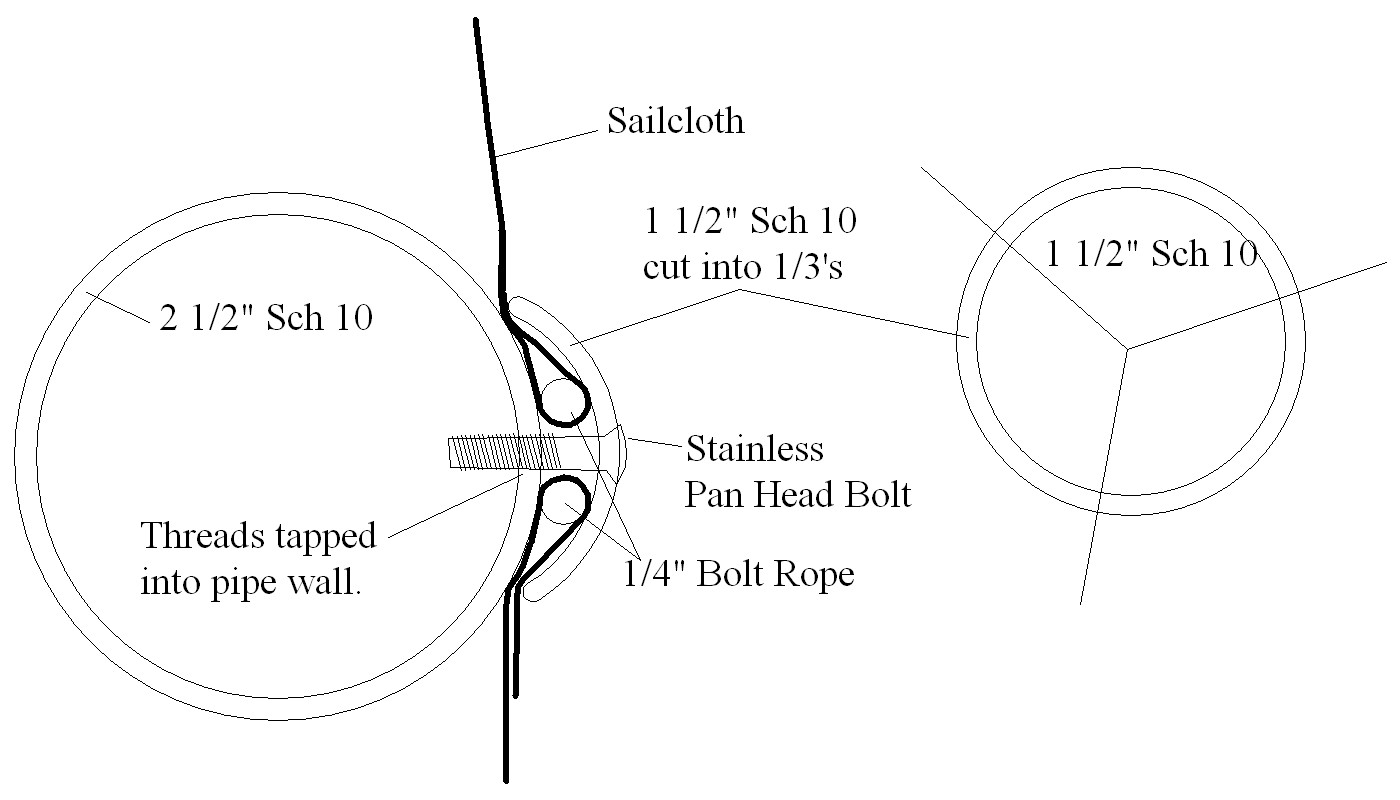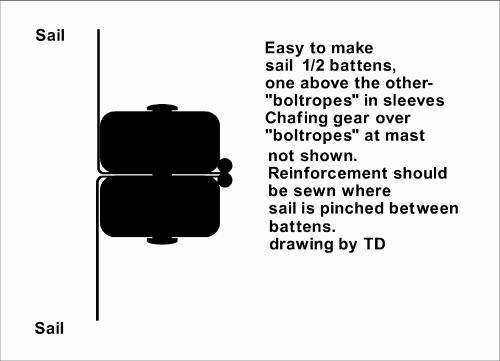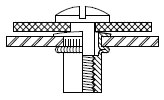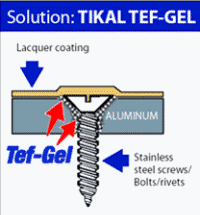Why Junk Sails?
I like Junk sails because they are easy to reef, there are no sail changes, they can be automated in their 2000 year old form without the complications modern furling systems, I think they are beautiful, and the short comings of windward performance and sailing in light airs are not a setback for me because I hate being on a boat that is beating to windward, or trying to sail in light airs. I’d much prefer to fall of and take more time on a more comfortable ride, and go do work on something until the wind starts to blow. There is an inherent danger in talking about sails because way too many people take their sail choice more seriously than their Baptist Preacher takes his religion. And they all want to convince you that they are the one true profit. So beware of that kind of arrogance. It exists in abundance.
Battens
One idea is to use PVC pipe and glue laminate strips of wood to the outside of it and fully encapsulate that in epoxy. A mast could be done in similar fashion but its a lot of work compared to raw pipe and tapering a steel pipe.
Jack recommended 2″ aluminum pipe, my guess is Sch40. That 2″ Sch40 is 1.264 lbs/ft with a 2.375″ OD. I like go with 2 1/2″ Sch 10 which is relatively the same weight at 1.221 lb/ft, but it has a 2.875″ OD which should make it significantly stiffer.
100 ft – 2 1/2″ Sch40 5086 – 2.004 lb/ft, 2.875″ od, .203″ wall – Top 2 battens of foresail and mainsail.
360 ft – 2 1/2″ Sch10 5086 – 1.221 lb/ft, 2.875″ od, .120″ wall – All other battens of foresail and mainsail.
80 ft – 1″ Sch40 5086 – .581 lb/ft, 1.315″ od, .133″ wall – Mizzen battens.
The mainsails boom and bottom 4 battens are 185 feet of 2 1/2″ Sch10. At 1.221 lb/ft that comes to 226 pounds. The top two battens are 65 ft of 2 1/2″ Sch40 at 2.004 lb/ft adding another 130 pounds, and the yard at the top will be built from 3/16″ sheet and will likely weight in at an average of 3.5 lb/ft or another 90 pounds. The brings the mainsail total batten weight to 446 pounds. Add on another 100 pounds for 11 ounce sailcloth and sheets and the total is about 550 pounds.
Just a little thinking about forces. The yard pulls the most weight and it focuses it’s 25+ ft span into a single attachment point. The battens just stiffen the sail and transfer wind loads to the mast and sheets. Except for the first two battens below the yard, those also have a compression force because they are pushing the leach (back edge) towards the aft. The batten with the most wind load is the first batten above the boom as it caries load from each of the two largest panels. Together those panels are just under 360 square feet, but 60 sq ft is forward of the mast, leaving the largest unsupported load at 300 sq ft. That batten between those panels caries 1/2 that load or about 150 sq feet. The formula for sail wind load is Sail Wind Load = SA * ( WS ) 2 * 0.0043, which for 150 sq ft in 35 knot (40 mph) the load is 800 pounds. For the 30 feet of unsupported span that is about 27 pounds per foot. Interestingly if you double the wind to 80 mph or Hurricane speed the load more that tipples to over 100 lbs per foot. So can 2 1/2″ Sch10 support 800 pounds distributed evenly over 30 feet? It’s suppose to but I think that is asking a lot.
I’m more confident when Annie Hill, an experienced Junk Rig sailor, said: “From personal experience a rig built to PJR standards will stand up to 35 mph winds – we were caught out sailing close-hauled under full sail by a gust that was a full F7 (50 – 61 mph). We watched carefully – nothing happened, so carried on under those conditions for about another 5 minutes before the wind dropped back to around F4 (13 – 17 mph).” You can read more of Annie’s travels here: www.anniehill.blogspot.com
The small is 235 square feet mizzen mast is 33 feet tall. The 5 battens ranging from 11 to 14 feet. These will likely be 1 inch x 1/8 inch wall. (25mm x 3mm) aluminum pipe. The sheets for the mizzen will attach to the davits that will raise and lower the tender. The yard at the top of the mizzen is 8 3/4 ft and the pipe will be 1 1/2 or 2 inches with an internal stiffener.
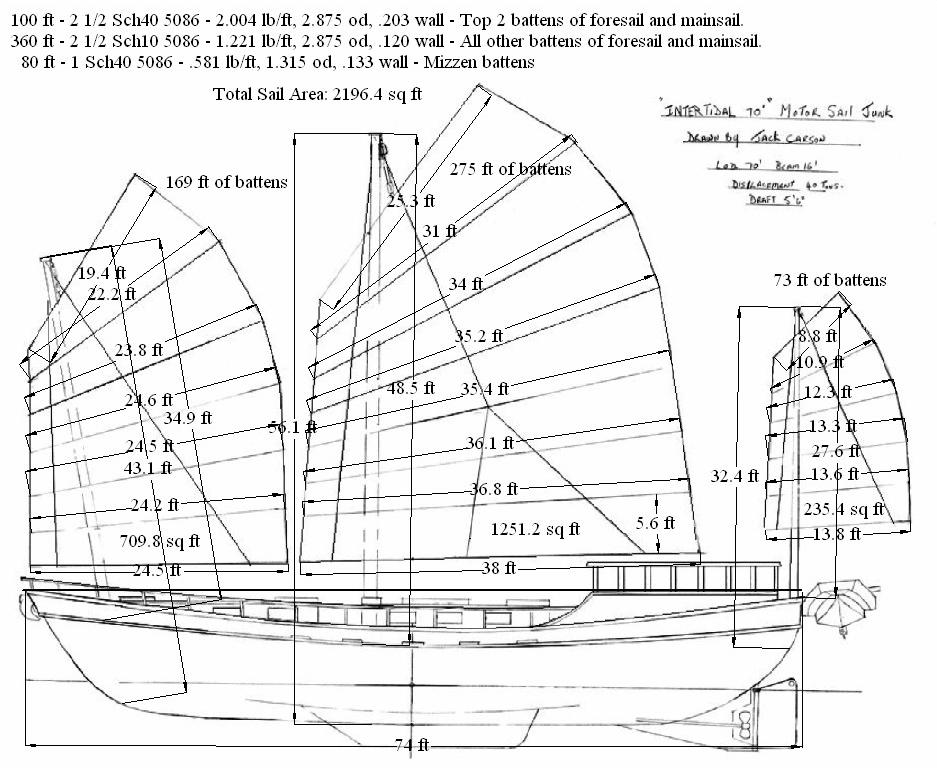
Cambered Panels and
Hinged Battens
Most believe that there is some windward performance gain proved by cambered panels or hinged battens. Cambering the panels would cause the sailcloth to press more against the dual sheets and lazy jacks and defeat one of the purposes for our using backing strips to attached the battens as described below so cambering does not seem like a good choice. It also moves the load from the top and bottom edges of the panel to the smaller area at the ends of the panel and that is something else that does not seem like a good idea for a big rig.
However hinging the battens in order to make the sail cambered is an option. Gerry O’Brien’s China Girl II’s was refitted with hinged battens. The details are here: http://wincit.co.uk As seen in the photos of China Girl, the battens are reinforced for the hinge which in reality is just a dual tapered cone. We will not plan on hinging our battens when we set sail, but we will likely add it latter.
Attaching the Battens to the Sailcloth
Hot glue? Most battens are simply lashed to the sailcloth through grommets. Only one grommet every 15 inches or so is needed. The lashing runs around the batten, through the grommet, and around a rope that runs down the opposite side of the sail, and back through the same grommet. Another method is to use a backing strip on the opposite side of the sail from the batten and lash the batten through the sailcloth and around the backing strip. Having a strip of material opposite of the batten helps stiffen the batten and reduces chafe from the lazy jack lines that extend from the top of the mast to the boom on both sides of the sail as well as the dual sheet system that has a set of sheets to each batten on both sides of the sail.
One of our requirements is to have the separate panels between each set of battens. Separate panels will be easier to make and repair. It also gives us the ability to use lighter and less expensive material for the lower panels if we chose.
Separate panels can be done by simply adding a pair of grommets on the edge of each panel and then lash them to the batten by passing the lashing through both pair of grommets.
Our plan is to combine the backing strip idea and the separate panel idea. If the top and bottom of each panel is doubled over to form a loop, then 1/4 inch bolt ropes can be added. Then a pipe smaller than the batten is ripped into thirds to form a backing strip. The backing strip is attached loosely at first to the batten with stainless steel pan head bolts thought holes tapped into the batten. The panel’s bolt ropes are then slid down the length of the battens, under the edges of the backing strip. Once in place the bolts thought the backing strip are tightened down.
Another idea from is to pinch the panel bolt ropes between two batten halves that are then bolted together. The example given is using wood, but rectangular aluminum tubing would work as well.
Instead of threading the pipe for bolts we could also go with a more exotic fastener like Rivnuts. These are rivets are rivets that has treads inside for a bolt.
Another product recommended to will save on maintained is Tef-Gel which bonds stainless steel to aluminum so that the dissimilar metals do not corrode.
Or we can just use good old aluminum pop rivets. They would make changing a panel more time consuming; but how often would we need to do that anyway? They’d be stronger than bolts threaded into Sch10 aluminum pipe, they would eliminate the corrosion issue, and they are cheep, like me.
The potential down side to this design is the addition of holes in the batten as these will slightly weaken the batten and add starting points for cracks due to fatigue.
We could also use lashings on no more that 15 inches centers to retain the backing strip against the batten. This would require adding grommets that allow the lashings to pass through the sail.
Preventing CLANG, Clang, CLANG…
Put a dozen aluminum battens hanging from the top of steel mast in light wind on a rolling sea, and you have a very big wind chime. I hate wind chimes almost as much as undisciplined children, both are annoying after about 60 seconds. Chafing is also a problem.
Annie Hill; the guru of the Yahoo JunkRig group had these recommendations; “When the boat is underway, the battens tend to rotate a little. The best anti-chafe either goes completely around the batten or covers top and bottom, as well as the part that normally lies against the mast. I don’t know if they still do so, but Sunbird used to use clear polythene tubing for their anti-chafe. Plastic-covered fire hose also works quite well as does wrapping the relevant part with (cheap) rope, secured with a screw or glue at each end.”


